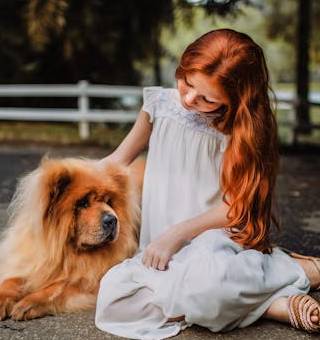Dogs and cats are most commonly used in pet therapy. However, for fish, birds, Guinea pigs, horses and other animals the screening criteria can also be used. The type of animal chosen depends upon the therapeutic goals of the treatment plan Also referred as Animal Assisted Therapy (AAT) Pet therapy builds on the pre- existing human-animal bond.
Pet Therapy can be used in many different ways. Defined objectives are an important part of therapy and the progress will be tracked and recorded at structured sessions.
The Goals of Pet Therapy Program Include:
- Improving assisted or independent movement.
- Increasing verbal communication.
- Developing social skills.
- Increasing willingness to join in activities.
- Motivating willingness to exercise.
- Improving interactions with others.
- Increasing self-esteem.

- Decreasing loneliness and isolation by giving a companion.
- Making you happier, lessening depression and improving your outlook in life.
- Reducing boredom.
- Reducing anxiety because of its calming effects.
- Helping children learn empathic and nurturing skills.
Autism spectrum Disorder (ASD) encompasses a wide range of social and mental afflictions that are difficult to treat. Due to a lack of established treatments for ASD, alternative Therapies are also an important form of intervention. One of those alternatives is pet therapy, a field that has experienced growing interest and recently accumulated studies investigating its efficacy.
Many parents are surprised to see the connection between their autistic child and animals. You might see it happening just spontaneously. Being around household pets or having structured contact with animals can be a great addition to the treatment for children with autism. Formally called animal-assisted therapy, they can offer both physical and emotional benefits to children with autism.
More specifically, in children who show more sensory-related symptoms of autism, animal therapy can help to overcome sensory defensiveness and enhance problem-solving skills while helping the child to find ways to relax to monitor a better side of mind. Having a pet or spending time with animals helps children on the autism spectrum to learn about unconditional love, responsibility and build and maintain social skills.
For example, the introduction of a dog to a child with ASD can result in reduction of stress, anxiety and irritation and it can also create a move relaxed environment for the child. A study on therapeutic horseback riding off children with ASD has showed that it has sensory and social benefits and has a positive effect on the children’s communication skills along with a reduction in the severity of their ASD.

